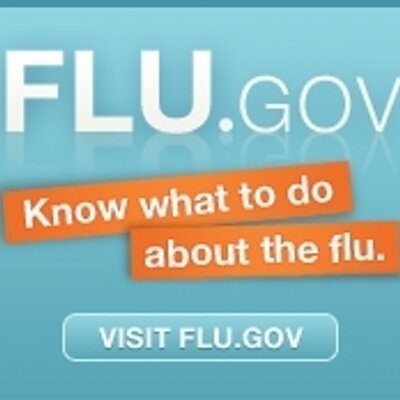It’s always a good idea, even if it’s more effective in some years than in others.
The flu vaccine may not be very effective this winter, according to U.S. health officials who worry this may lead to more serious illnesses and deaths.
Flu season has begun to ramp up, and officials say the vaccine does not protect well against the dominant strain seen most commonly so far this year. That strain tends to cause more deaths and hospitalizations, especially in the elderly.
Only 48 percent of the 85 samples of H3N2 influenza viruses that have been tested since Oct. 1 are closely related to the strain that was picked for the vaccine distributed in North America, according to the agency.
“Though we cannot predict what will happen the rest of this flu season, it’s possible we may have a season that’s more severe than most,” said Dr. Tom Frieden, director of the Centers for Disease Control and Prevention, at a news conference Thursday.
CDC officials think the vaccine should provide some protection and still are urging people to get vaccinated. But it probably won’t be as good as if the vaccine strain was a match.
Flu vaccine effectiveness tends to vary from year to year. Last winter, flu vaccine was 50 to 55 percent effective overall, which experts consider relatively good.
[…]
Current flu vaccines are built to protect against three or four different kinds of flu virus, depending on the product. The ingredients are selected very early in the year, based on predictions of what strains will circulate the following winter.
The ingredients always include a Type A H3N2 flu virus. The most severe flu seasons tend to be dominated by some version of that kind of flu bug. The three most deadly flu seasons of the last 10 years – in the winters of 2003-2004, 2007-2008, and 2012-2013 – were H3N2 seasons.
In March, after the H3N2 vaccine strain was vaccine production was underway, health officials noted the appearance of a new and different strain of H3N2. “This is not something that’s been around before,” Frieden said.
But health officials weren’t sure if the new strain would become a significant problem in the United States this winter until recently, they said. Lab specimens from patients have shown that the most commonly seen flu bug so far is the new strain of H3N2. Specifically, about 48 percent of the H3N2 samples seen so far were well matched to what’s in the vaccine, but 52 percent were not, the CDC said.
Not perfect, but your odds are still a lot better with the vaccine than without. As the story notes, in an average year about 24,000 Americans die from the flu. I’ll have to check my math on this, but I’m pretty sure that’s more than the number of Americans that die from Ebola. (Which we still need to fight against as well, but Congressional Republicans have lost interest in Ebola since it’s not generating scary cable news stories any more.) So don’t fall for the hysteria. Please put the odds in your favor and get a flu shot, OK? Thanks.

